The following information is supplemental to our recent blog post about growing roses. If you haven’t read it yet, we encourage you to read it here.
Every time you visit a nursery, you marvel at the beautiful roses; the gorgeous blooms in every shade of the rainbow, the glossy leaves–and don’t forget the amazing fragrances! But you’ve tried before…and failed. Or maybe you’ve just heard it’s too much work. You’re not alone–many gardeners feel the same way.
As with beginning any worthwhile hobby, you need to know where to start. If you’ve read my recent blog post, you’ve been given some mistakes to avoid. Here are some additional tips to take into consideration as you start a rose garden.
- When choosing roses for your garden, it’s important to pick healthy plants. However, you also need to know what class of roses you want. If you like long-stem roses suited for cutting and making bouquets, look for hybrid tea varieties. If you prefer large clusters of roses that you can enjoy looking at in the garden, select floribunda varieties. These types have plentiful flowers but rarely bloom all at once, so a cluster of flowers doesn’t work well for cutting–you’ll end up with too many spent flowers and buds. A third class of roses–and a combination of the two aforementioned types–is grandiflora. Typically, these roses have long stems and are well-suited for cutting, but they may have two or three buds per stem.
- Planting roses isn’t a difficult task, but you need to make sure that your soil is well-drained. Before you plant, dig a hole a foot deep and wide and fill it with water. Check it in an hour; if it’s not completely drained, you must amend your soil. Dig out an area at least twice as large as the pot the rose came in (or, if bareroot, no less than 18 inches across and deep). Refill the hole with equal parts topsoil and a mild compost–at the nursery we recommend Green Earth Compost, available in bulk.
- Once your roses are planted, build a small berm (two to three inches high should be sufficient) of mulch or soil at a radius of 12 inches around each plant. This will make watering much easier as any water you give the plants will stay focused at the roots.
- Pruning is often one of the biggest concerns potential rose gardeners have, and with good reason–a poorly-pruned plant can quickly get out of control and begin to suffer. This time of year isn’t good for doing major pruning on your roses, so I’ll save the topic for this fall; however, you should be aware of the best way to prune back spent flowers. After a bloom is finished, follow the stem down to where you find the first cluster of five leaves facing away from the plant. Prune at a slight angle 1/2 inch above that junction to encourage new growth (and more flowers!). Be sure to always use a sharp, clean pruner–and it’s always a good idea to sterilize your pruner after cutting through diseased or dead wood!
- Left untreated, roses are great host plants for many forms of insects and disease. Don’t, however, let this scare you away–it’s easy enough to keep your plants healthy with today’s products! Around here, the most common insects you’ll find on your roses are aphids. They’re often light green or brown and they’ll most often feed on buds and areas of new growth. As far as diseases go, two are particularly prevalent in our cool, often-wet climate: black spot and powdery mildew. Thankfully for the average gardener, these are true to their names and easy to identify. Black spot will show up as small round patches of black on leaves and branches, especially in the bottom third of a rose bush. Leaves will turn yellow and fall off as the fungus progresses. Powdery mildew can show up just about anywhere on a plant and has a dusty white appearance. Both are commonly brought on by high humidity or outright wet foliage and any affected leaves should be immediately removed and disposed of. At Vander Giessen’s, we recommend treating every six weeks with BioAdvanced All-in-One Rose and Flower Care during the growing season to prevent any insect and disease problems. This product is a liquid systemic, meaning no more spraying–just mix it in a quart of water and pour at the base of your rose bushes. It’s also a fertilizer, so it’s the only product you’ll ever have to use to treat your roses.
I’m sure that there are plenty of additional questions you may have, especially if rose gardening is a hobby you’ve never dared try. I’ve tried to present a thorough “beginner’s guide” as you get started, but no doubt there are topics you’d like addressed. Or, if you’re an experienced rose gardener, you might have tips and tricks you’d like to share with other gardeners. Either way, please feel free to leave comments below or e-mail them to info@vandergiessennursery.com. I’ll try to post answers as soon as possible. Now, have fun and enjoy getting started with your rose garden!


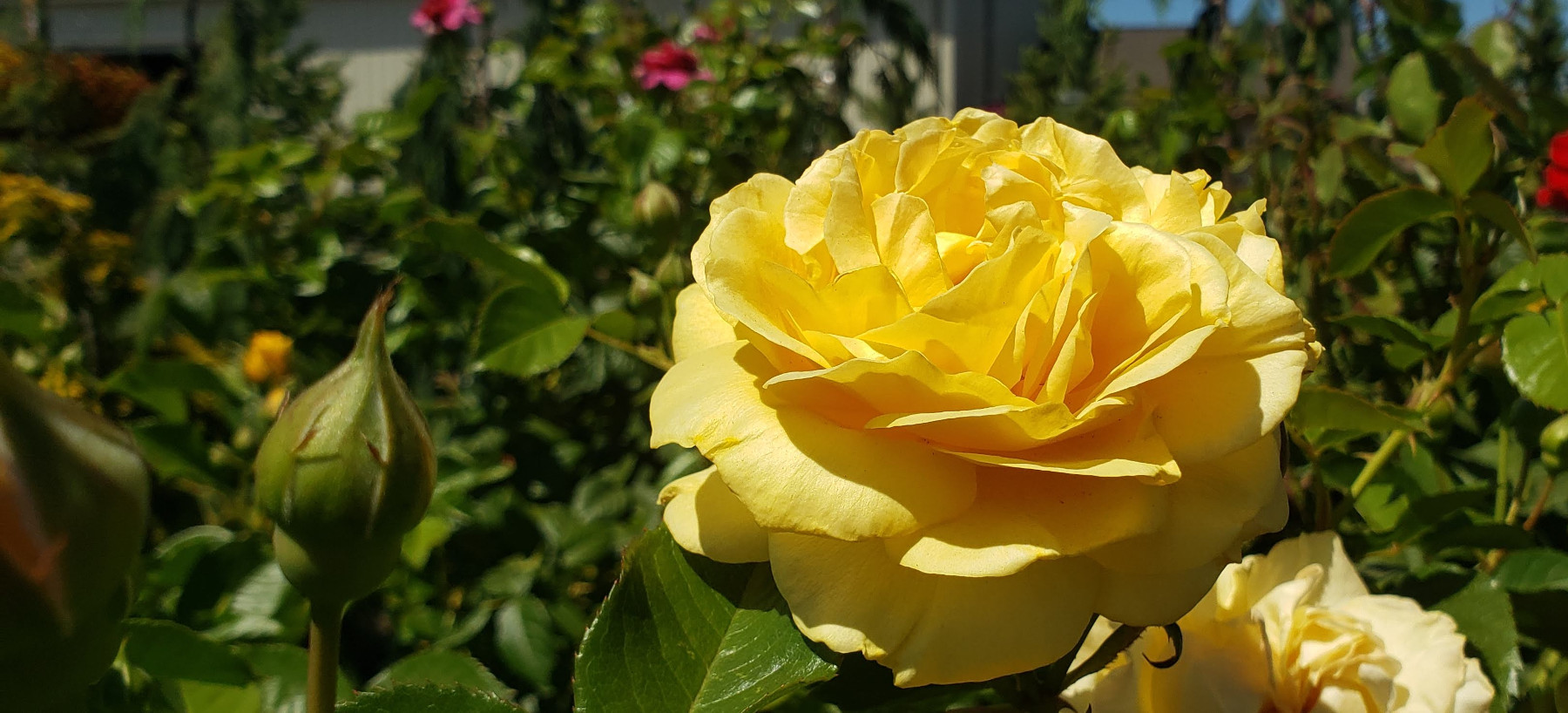
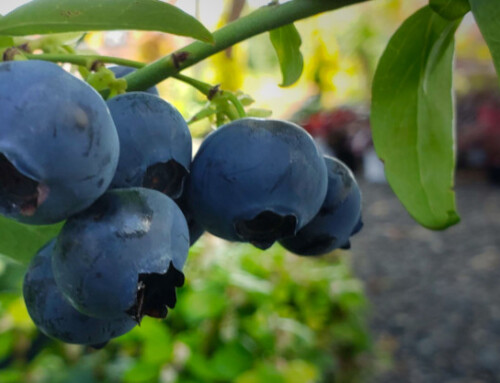
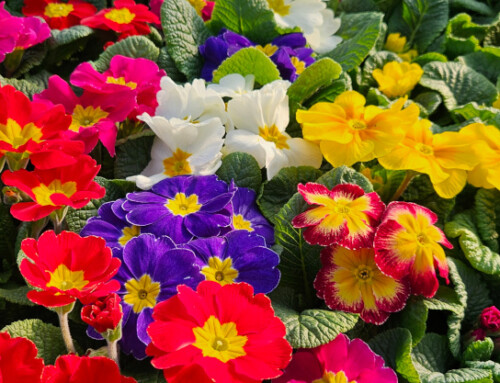
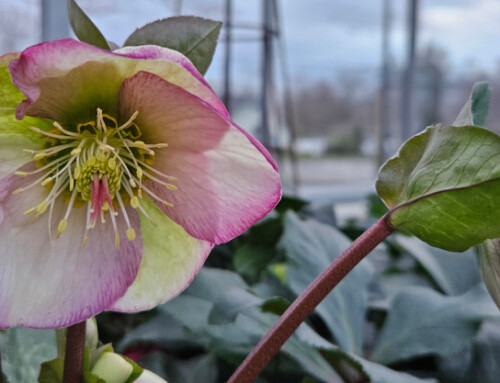
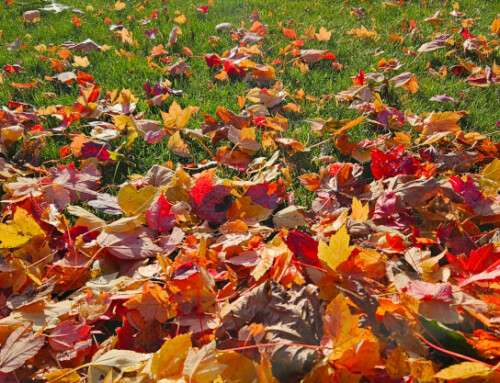
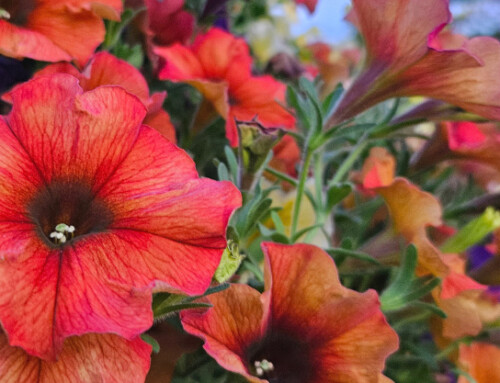
Leave A Comment